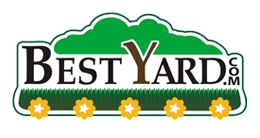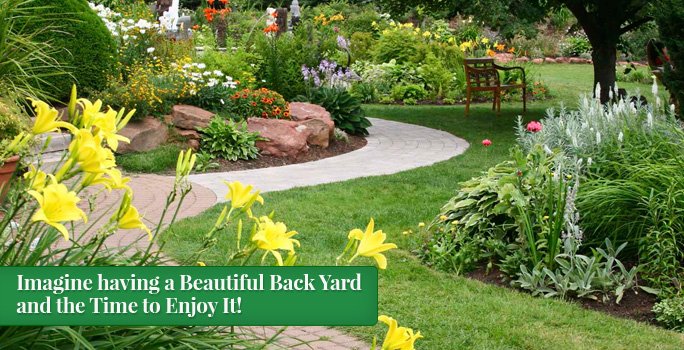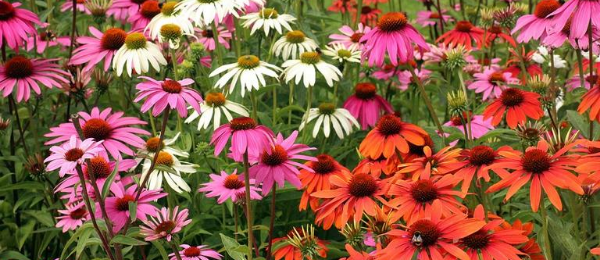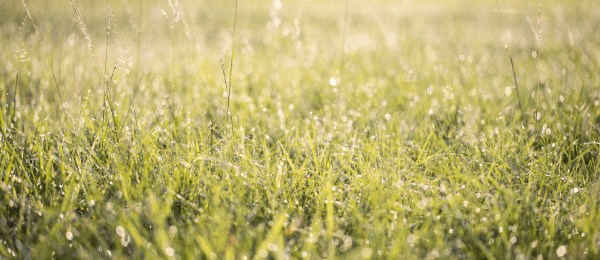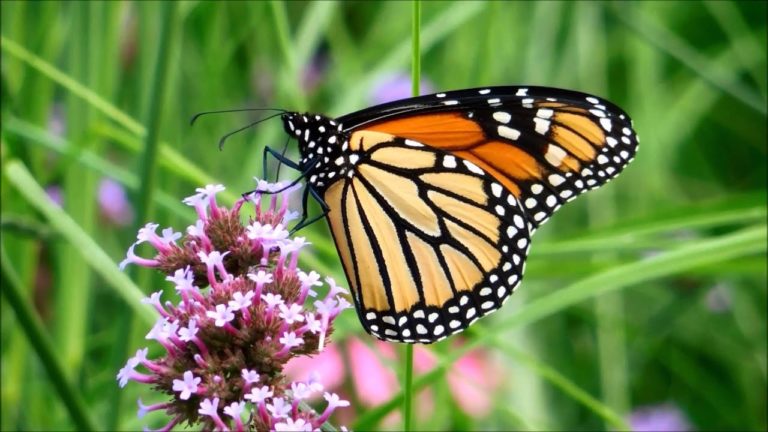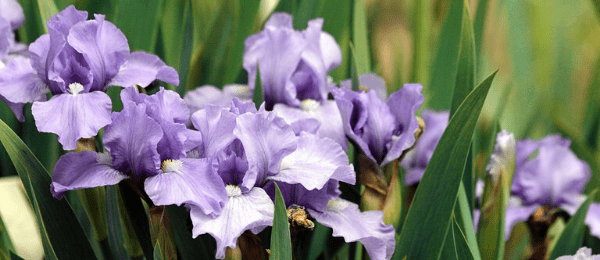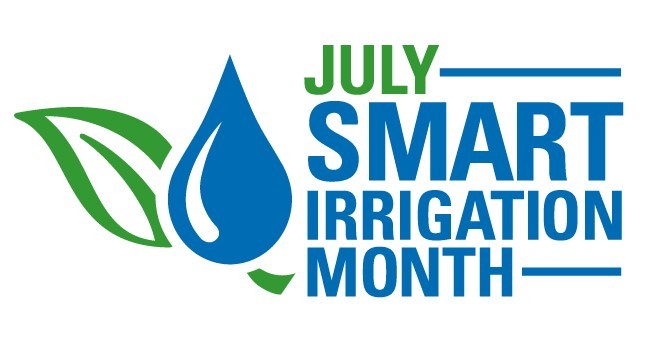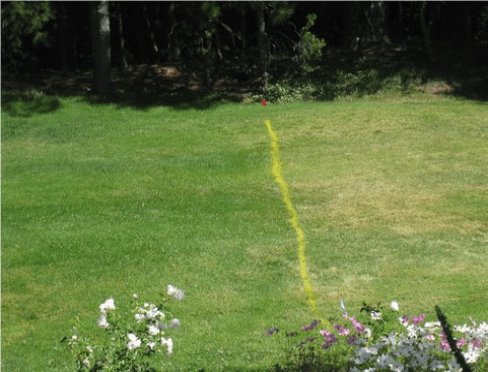July is a peak month during which your lawn and garden demand a lot of water. The outdoor water usage increases and this is the time when we all should use water efficiently. Governor Jared Polis has pronounced July as the month of Smart Irrigation. The aim of taking this initiative is to promote efficient usage of water and thereby helping save water and money in return.
BestYard.com is also supporting this campaign and help to improve the irrigation system over time with sprinklers. This practice not only saves water but your money and time involved watering your garden and lawn. Unlike Traditional common fixed head nozzles that throw a large amount of water than the soil can absorb, modern sprinklers send out water at a slow rate so that the soil can absorb properly.
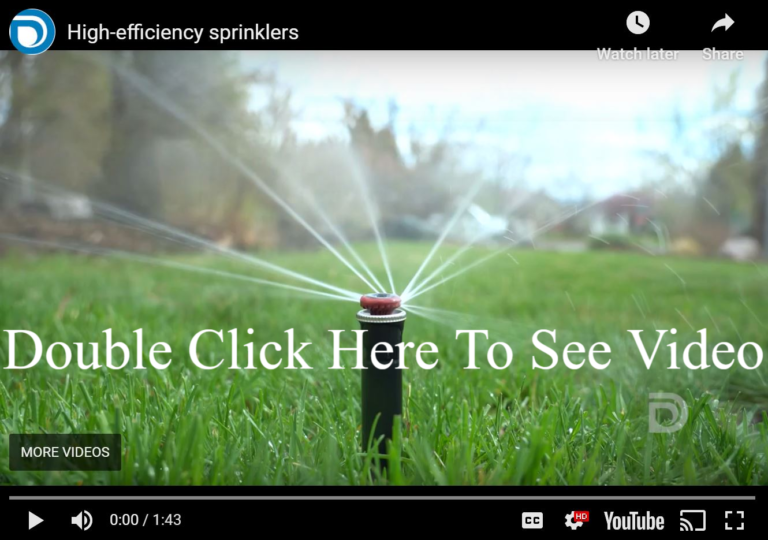
The uneven spread of the water with this traditional nozzle can harm the lawn creating brown spots to the landscape due to uneven coverage of the water. The modern rotary nozzle sprinkler heads can be one of the best equipment to spray water in the entire garden. It also helps from wasting a large amount of water and protects community water supplies. These smart irrigation techniques like high-efficiency sprinklers rotate and spray streams of water.
Let us take a brief at the benefits of high-efficiency rotary nozzles.
- Can be installed very easily
- Increased range of water spray
- Less water wastage and an appropriate amount of water flow per minute
- More efficient in wind
- Reduces runoff in the sloppy area and clay soil

Smart controllers
The smart controllers are very much in need. It is said that for more than 9 billion gallons of water is used for outdoor mainly for irrigation. Around 50% of water is wasted by traditional irrigation systems. However, with the evolution of smart irrigation control technologies, the water is only applied when plants need it. The overuse or unnecessary use of water is controlled considerably with this smart technique.
Water Sense, an irrigation controller, acts as a thermostat for sprinkling water. This system tells when to turn on and off. This control system uses local weather and landscape conditions to schedule the flow of water. By using a controller with a clock and present schedule, you don’t have to worry about watering the plants.
This Water Sense labeled controller system allows the watering schedule to match the needs of the plants. This controller system can be properly installed, maintained, and programmed so that homeowners and businesses can use this device instead of a standard clock timer to control the water wasted. This system also has wifi or Bluetooth to connect to the mobile device and this way, you can easily have control.
The Water Sense controlling system controls the landscape irrigation system and meets the watering needs of a landscape without overwatering the lawn/garden. This certified device ensures to meet the criteria of efficiency and performance.

Cycle and Soak Method for your landscape
In case your lawn or garden is in the sloppy area and tightly packed clay soil, you might have noticed water pooling or running off your site. At this time, you should use the “cycle and soak” method that allows water to soak in the soil. The controller system named WaterSense supports this method.
Let us take a brief look at what cycle and soak method means:
Water momentarily and let it soak in
The cycle-and-soak method is pretty simple. You just need to put some water on the plants and the soil and wait till the soil absorbs the water before adding more to it. The cycle is created when you water other areas and wait for the already watered area to soak.
Timer cycles
You can also program the irrigation system to cycle through each zone for some time and then go back to the first again. This way the cycle will continue and excess of watering the plants will be reduced. This process will prevent water from pooling on the surface and allow the soil and plants to absorb the water.
Bonus Rebates
As per Tejral, the cost of the highly productive and efficient rotary sprinkler heads has come down over the years. The price of per nozzles ranges from $5 to $7 and the typically fixed head ranges from $1.50 to $3per nozzle. You can get nozzles from Denver Water and they offer rebates on selected models of highly efficient rotary sprinkler heads. These highly efficient sprinklers are used to water grass and other parts of the garden.
You can also get rebates from Aurora Water, Parker Water, Centennial Water, and Castle Rock Water.

BestYard.com has a team of Sprinkler technicians to do the work from you. You just have to seek our help.

Source: Denver Water. Determine the type of sprinkler head or nozzle you have to get recommended watering times.
A sample water-saving calculation is on the left column. Use the right column to estimate your potential water savings.
OF COURSE we would love to care for your yard.
BUT, whether we provide for your yard or not, we want it to be the best it can be.
THEREFORE, we want to provide you the best professional advice for your lawn care in this guide.
THIS IMPROVES our neighborhoods, community, and environment.
P. S. Beat the Summer Heat! Let us upgrade your sprinklers, or install Moisture Manager and Mulch.
You enjoy your weekend.
If this sounds good to you, CALL 720-851-7550 or click the Do It For Me button below to discuss your lawn care needs or request your FREE quote and claim your Gift Certificate.
BestYard.com provides mulch, sprinkler, and Moisture Manager services in Aurora, Parker, The Pinery, Pradera, Castle Rock, Castle Pines, Lone Tree, and Highlands Ranch, Colorado.
 Source: customer-service@bestyard.com in collaboration with Associated Landscape Contractors of Colorado
Source: customer-service@bestyard.com in collaboration with Associated Landscape Contractors of Colorado
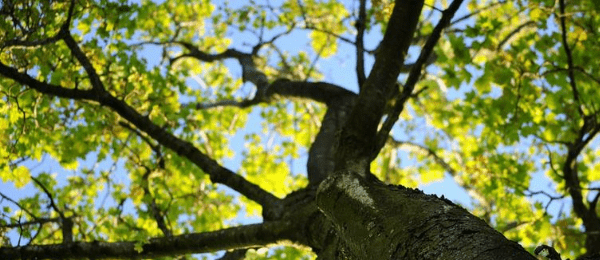
 Source: customer-service@bestyard.com in collaboration with Associated Landscape Contractors of Colorado
Source: customer-service@bestyard.com in collaboration with Associated Landscape Contractors of Colorado